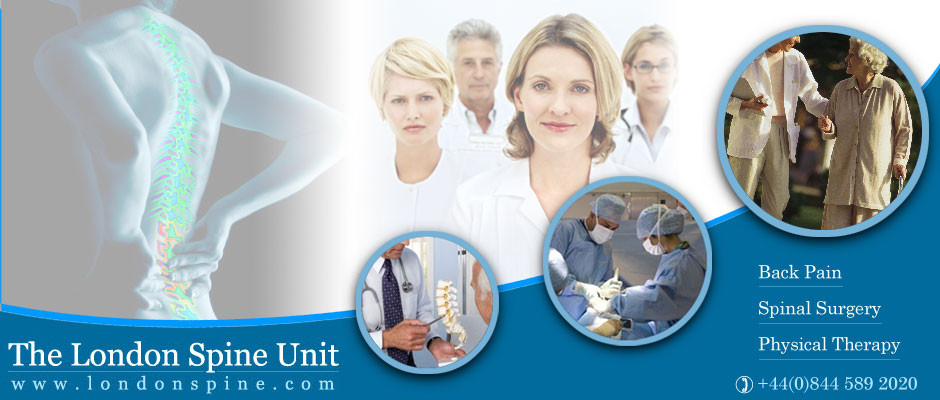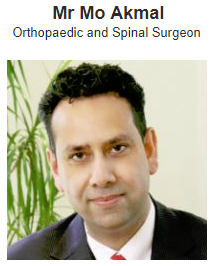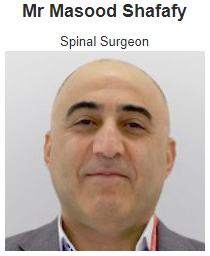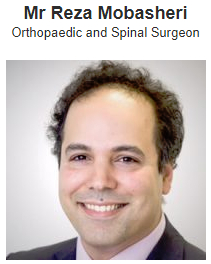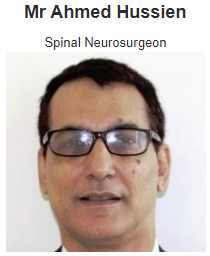Lumbar disc prolapses ("herniated disc") are just 5% of lumbar problems, but it is the most common cause of pain from inflammation of the nerve root, called "sciatica". 90% of acute attacks of sciatica are resolved with non-surgical treatment. Surgical options are generally considered for faster relief in the minority of patients whose recovery is unacceptably slow.
It is essential to have basic knowledge of the anatomy of intervertebral discs, in addition to knowing that their main function is to improve the movement range of the vertebral spine and perform as a shock absorber, getting the different pressures related to trunk weight.
Morphology of the intervertebral discs
Basically, intervertebral discs are composed of a central part that is characterized by being of gelatinous consistency, called nucleus pulposus, which is wrapped in a fibrous structure called fibrous ring, which helps to keep the disc in its place. In addition to this, it is also described that the fibrous annulus in its anterior portion is thicker compared to the posterior wall, the latter being much more fragile with a greater tendency to weaken, through which a protrusion or disk prolapse can appear.
The intervertebral discs prolapse: a very common problem
Disc herniation can be defined as a pathology in which a part of the intervertebral disc moves towards the nerve root, which generates a greater pressure, increasing the risk of causing pain and neurological injuries due to its high innervation in the back and neurological injuries.
Usually, the prolapse of the intervertebral discs is usually diagnosed with the clinical presentation or symptoms referred by the person suffering it and is corroborated by specialized doctors using a Magnetic Resonance Imaging (MRI) preferably, which confirms the existence of the hernia, but also provides the physician with information about the condition of it and the degree of nervous involvement.


